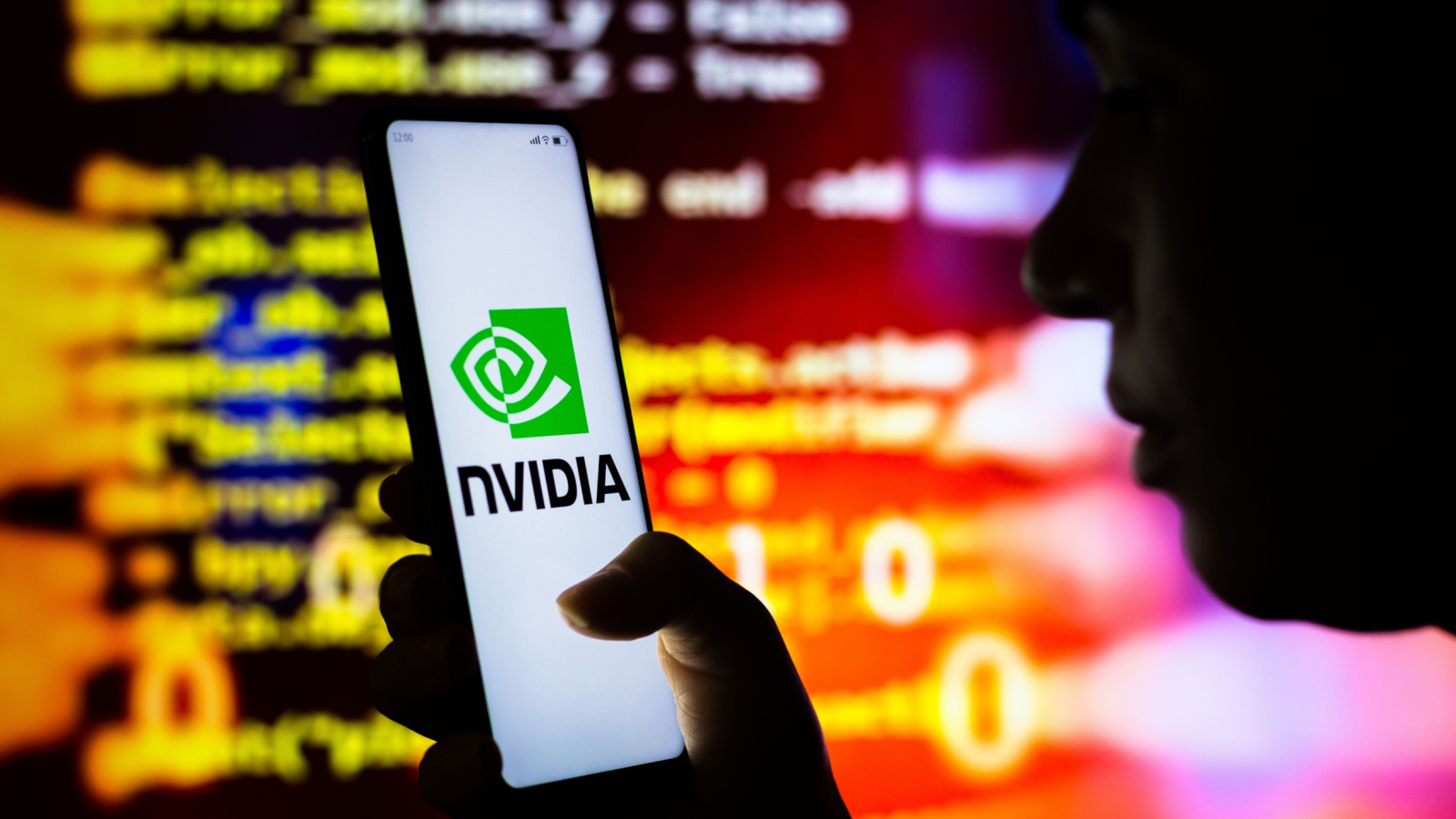Beyond the Ups and Downs: Building Wealth in a Volatile Stock Market

Editor’s note: “Beyond the Ups and Downs: Building Wealth in a Volatile Stock Market” was previously published in February 2025 with the title, “How to Find Success in Today’s Volatile Stock Market.” It has since been updated to include the most relevant information available.
Another day, another crazy roller-coaster ride for the stock market…
This has been the trend since Halloween.
That is, in November, the S&P 500 rose 5.73%, achieving one of its best months in a year on optimism about potential deregulation and tax cuts under the Trump administration.
Then, as investors began to fear that the U.S. Federal Reserve wouldn’t cut interest rates anymore, stocks crashed 2.5% in December. It turned out to be one of their worst months in a year.
As we moved into 2025, stocks rebounded throughout January and early February thanks to renewed economic optimism…
But they’ve since crashed over the past few weeks as uncertainty about tariffs, federal spending cuts, and an economic slowdown weighs heavy on Wall Street. Indeed, since Feb. 10, the S&P has slid more than 6%.
Stocks have swung violently higher and lower many times over the past several months, all for the S&P 500 and the Nasdaq to be basically flat.


Is this intense volatility Wall Street’s ‘new normal’?
It may be…
A Bumpy Ride Higher?
Don’t get me wrong; I still think stocks are going higher in 2025.
Despite renewed concerns about inflation and a consumer spending slowdown, the economy still appears to be on stable footing. It should benefit from deregulation and maybe even tax cuts over the next few months. Plus, the AI Boom remains alive and well, which should continue to create growth through the economy.
Additionally, the fourth-quarter earnings season has come to an end; and broadly speaking, it was a strong one.
As FactSet reported, “nine of the eleven sectors are reporting year-over-year earnings growth for Q4. Six of these nine sectors are reporting double-digit growth: Financials, Communication Services, Consumer Discretionary, Information Technology, Health Care, and Utilities.”


Meanwhile, the blended earnings growth rate is nearly 17%, which marks the index’s highest profit growth rate since 2021.
And trends are expected to stay strong for the foreseeable future. That is, next quarter, earnings are projected to rise about 8%, then another 9% in Q2. They are expected to rise almost 15% in the third quarter and about 13% in the fourth.
In other words, corporate earnings should keep rising for the rest of the year. Stock prices should follow suit.
However… I don’t think it’ll be a smooth ride higher…
Largely because of U.S. President Donald Trump.
Why We Expect the Stock Market Volatility to Continue
President Trump promises to change a lot of things.
He wants to implement tariffs, renegotiate trade deals, rethink America’s global military presence, and cut federal spending. He wants to reduce taxes, expand America’s borders, and reshore manufacturing activity, among other things.
Clearly, he aims to change a lot.
Now, I won’t offer an argument as to whether these proposed changes are good, bad, or neutral.
But I will state the obvious: It’s a lot of change. And change is uncomfortable – especially for investors…
Because change equals uncertainty. That doesn’t mean this policy shakeup won’t push stocks higher in the long term. It may.
It simply means that, along the way, stocks will continue to be volatile – just like they’ve been over the past few months.
The Final Word on the Stock Market Outlook
While the S&P is up about 5% since early November, that “rally” has actually consisted of several smaller moves – four separate “mini-rallies” of 2%-plus and four separate “mini-crashes” of 2%-plus.


We think this will be the pattern for the stock market for the foreseeable future: two steps forward, one step back. Lather, rinse, repeat.
That means a lot of volatility on Wall Street…
But where there’s volatility, there’s opportunity.
And we want to help you capitalize on it.
That’s why I put together an exclusive informational presentation in the wake of Donald Trump’s return to the White House and the groundbreaking partnership between his administration and Elon Musk’s ventures. I truly believe this could redefine your investment strategy for 2025 and beyond.
This presentation unpacks:
- Trump’s Policy Predictions: A five-point game plan for how his policies could shape the economic landscape, from tax reforms to infrastructure spending.
- Market Impacts: Analysis of how these policy changes might influence your money over the next four years, including when the boom becomes a bust.
- Investment Opportunities: I point you in the direction of the sectors best positioned for exponential growth, including those directly benefiting from Musk’s projects and Trump’s economic vision.
Considering the unique synergy between these two influential figures, this presentation isn’t just insightful—it’s potentially lucrative. I’ve poured countless hours into ensuring this content not only informs but also directs you toward some of the most promising stock picks for 2025.
Click here to watch now and better navigate this unprecedented political and economic climate.
On the date of publication, Luke Lango did not have (either directly or indirectly) any positions in the securities mentioned in this article.
P.S. You can stay up to speed with Luke’s latest market analysis by reading our Daily Notes! Check out the latest issue on your Innovation Investor or Early Stage Investor subscriber site.























